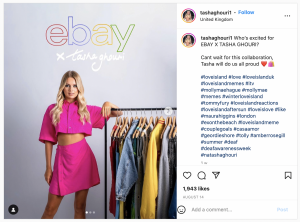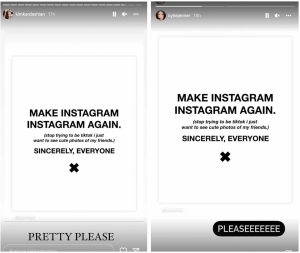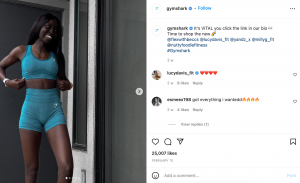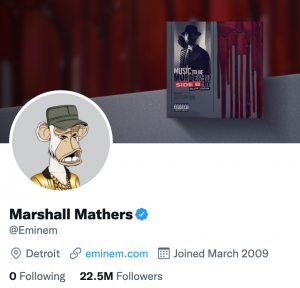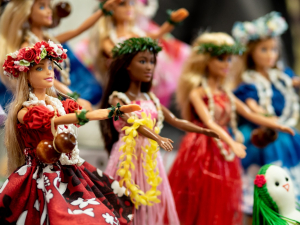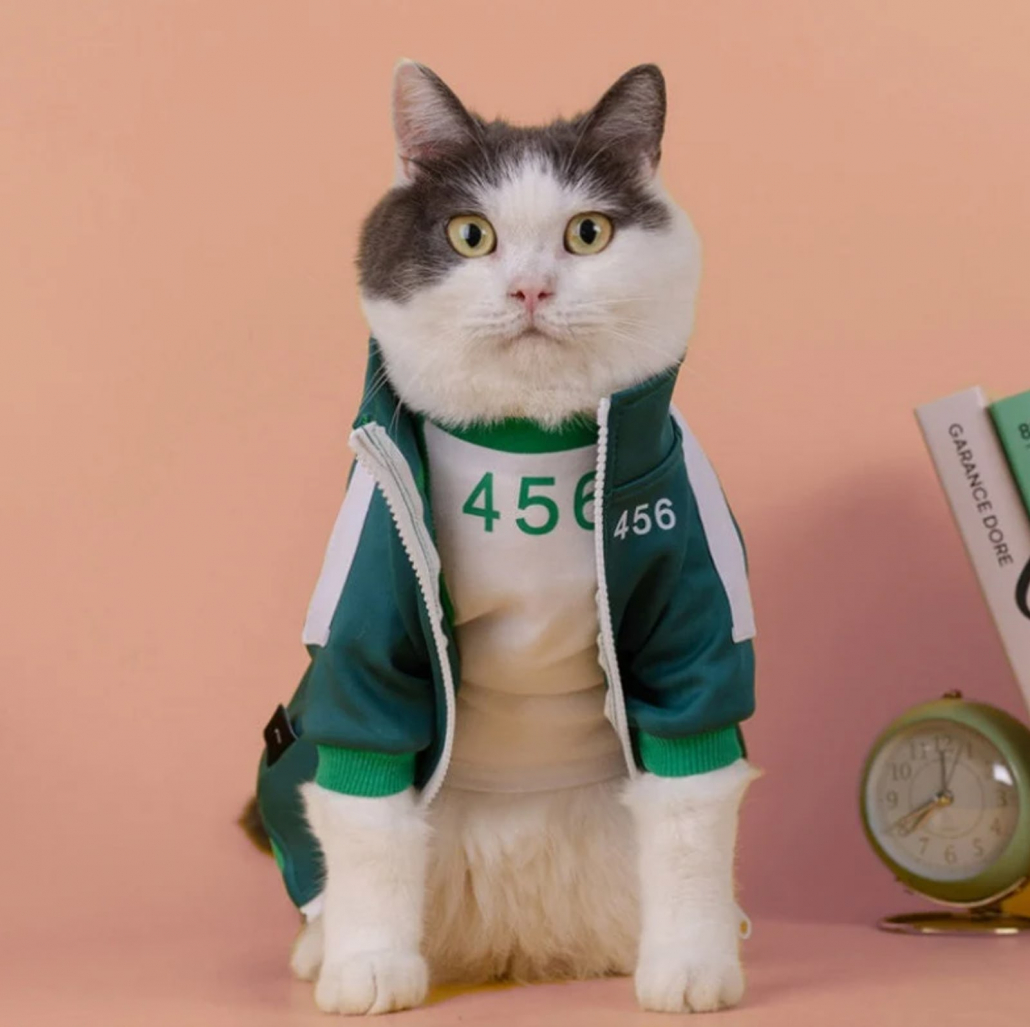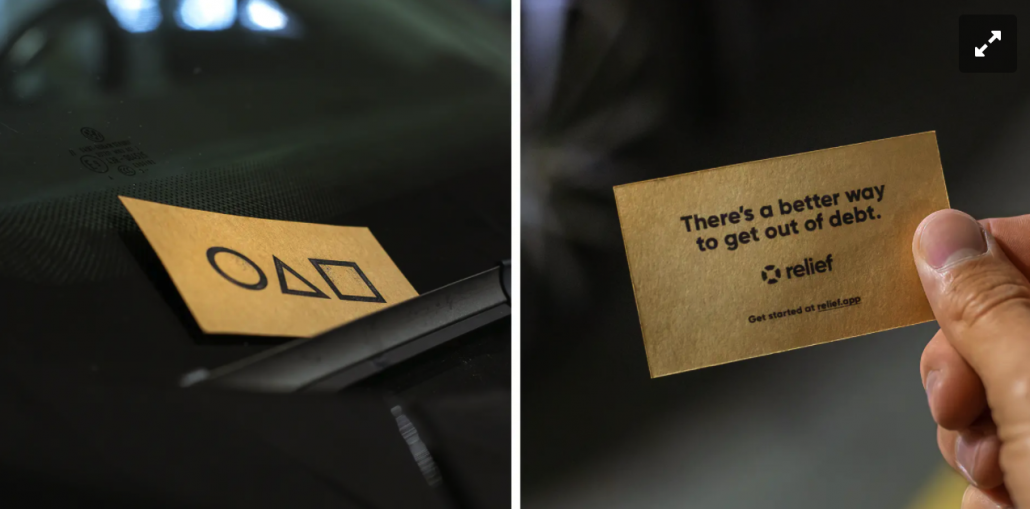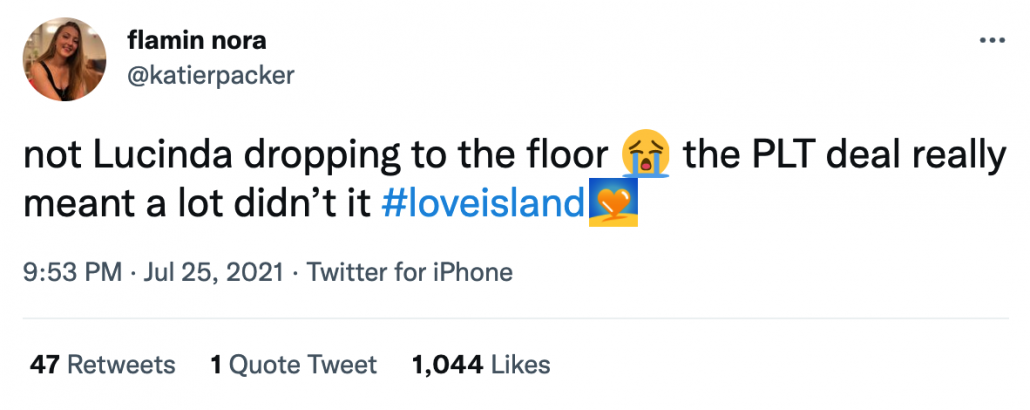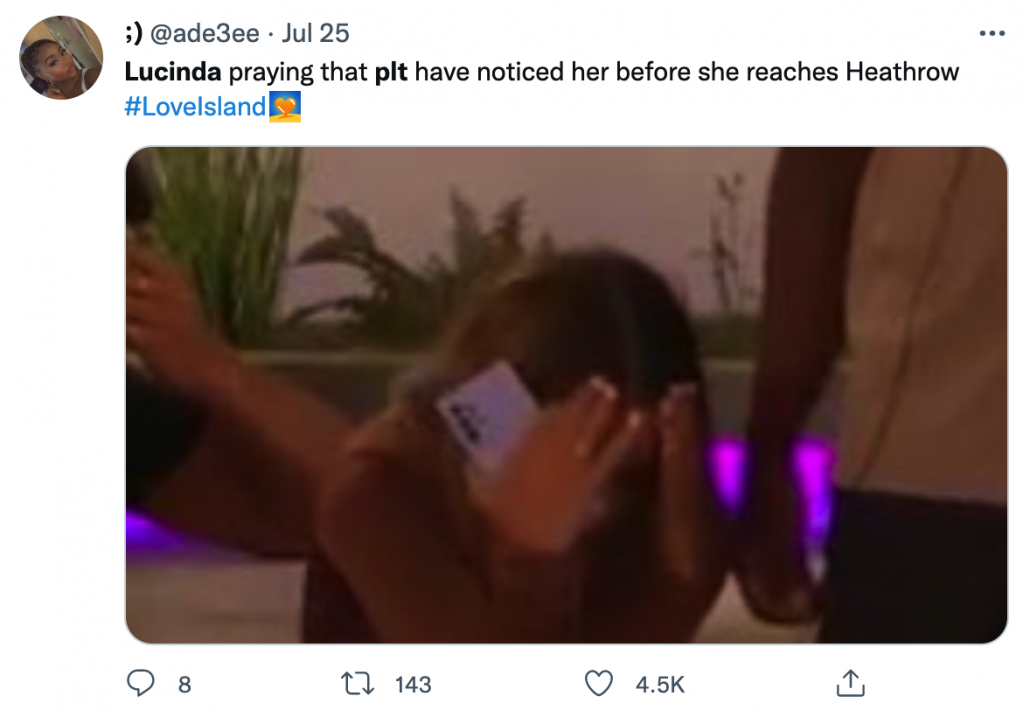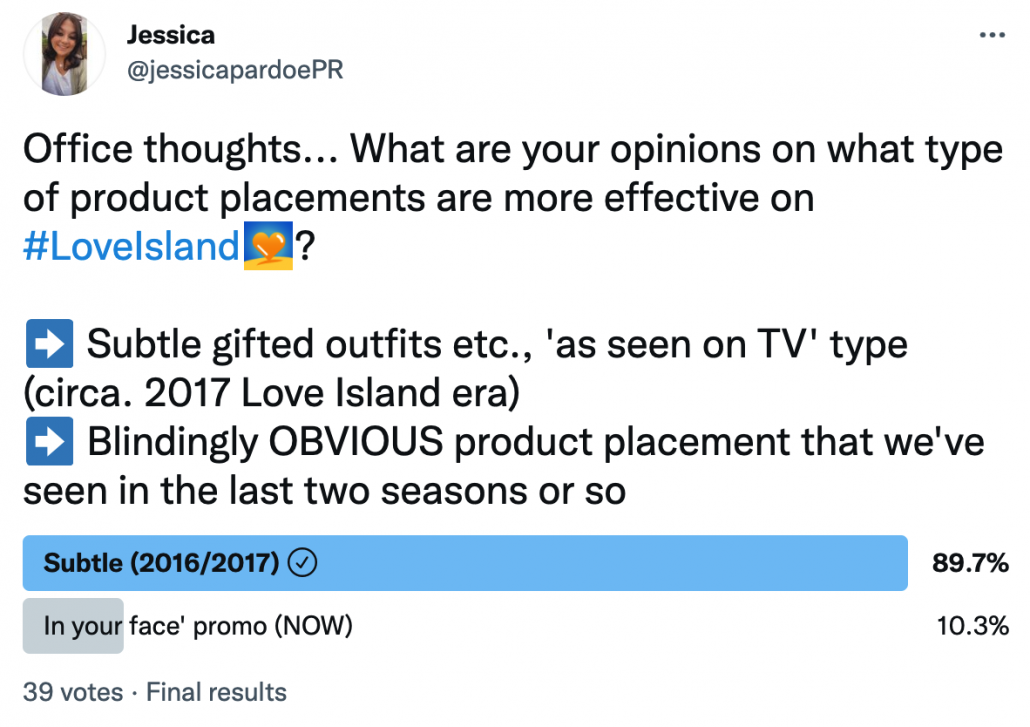The Power Of CSR (Corporate Social Responsibility) In PR
CSR or corporate social responsibility is something that businesses of all shapes and sizes are incorporating into their operations and it’s something we like to do with almost all of our clients at Source as it can be an invaluable tool for building a business’ profile.
From conglomerates to regional SMEs, companies are increasingly recognising the importance of integrating positive social and environmental policies into the business.
Whether its reducing plastic waste or funding community projects, CSR initiatives are a great way to build brand reputation and attractiveness to customers but without PR, your good work will be hidden from view.
Here at Source PR, we have the tools and the team to get your positive work out there and really showcase your commitment to worthy causes and ethical operations.
Why should you promote CSR initiatives?
Enhancing your industry reputation
CSR initiatives are a great way to demonstrate, to customers and investors, that your business is committed to socially and environmentally sustainable operations, beyond simply profit-making.
By promoting these initiatives through PR in the form of media coverage of social media campaigns, your business can build a positive reputation among key stakeholders and really strengthen your brand image.
These days, it matters to consumers, customers and stakeholders that, as a business, you’re having a positive impact on the world around you and are increasingly conscious of company practice.
In fact, 88% of consumers across the globe would choose to buy from a business that engaged in sustainable practices over ones that didn’t.
Whether it’s an environmental accreditation or a workplace support scheme, these initiatives are definitely worth shouting about!
Getting ahead in a competitive market
One of the key reasons why companies turn to PR agencies is to get ahead of their competition and in a competitive marketplace, CSR can really set you apart from other businesses.
We operate as an extension of your team so we’re able to quickly understand the sector you’re in and utilise key channels such as social media or news publications to showcase your CSR efforts.
This can help to highlight initiatives such as community engagement, approach to operating sustainably or employee welfare and give you an edge over competitors who may be slow off the mark in adopting these practices.
Retaining and attracting talent
Employees are, of course, the most important assets of any company and ensuring that you can retain and attract the best talent is vital to the long-term success of your business.
When it comes to applying for roles, people aren’t necessarily looking at the profits you turned, they want to work for an employer that cares about their employees and operates ethically.
By promoting CSR initiatives through PR, businesses can showcase their commitment to causes such as mental health awareness and employee welfare which will help attract talent.
This can also boost the engagement and job satisfaction of existing employees, which is critical as ultimately, engaged employees are more likely to stay with the company and the high cost of hiring can be minimised.
B2C CSR
Here at Source, our B2C team work closely with clients to develop long-term CSR strategy that can effectively build brand reputation among their target audience and, ultimately, appeal to a more socially and environmentally conscious consumer base.
Miller Homes North West
We’ve enjoyed working with the North West arm of housebuilders Miller Homes for over 10 years and have consistently helped them to operate successful CSR campaigns.
Back in September 2022, Miller introduced its new Community Fund initiative, which was set up to provide community and charity groups across the North West with the opportunity to apply for donations between £250 and £2,000.
We’ve loved playing our part in helping our client to give back to groups and causes that are local to the areas in which Miller are developing.
This campaign has seen the housebuilder make a real difference in communities across the region with donations being made to inspiring schools, vital food banks, and some incredible charities.
We’ve then been able to showcase the amazing work that Miller is doing through the Community Fund, by securing coverage in local media which demonstrates to target audiences that the company is committed to giving back and helping crucial local causes.
Getting this message across helps to build Miller’s reputation among potential customers and ultimately helps to grow the company’s positive brand image.
B2B CSR
Promoting CSR initiatives among B2B companies, is just as important as B2C and that’s why our team work in partnership with clients to develop initiatives that will help the business to attract potential customers and set themselves apart from competition.
Meadow
Meadow, a leading ingredients business, is a company we’ve enjoyed long-lasting partnership with and whose key PR objective is promoting their commitment to operating sustainably.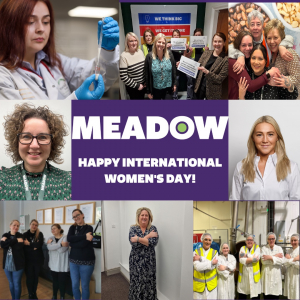
Sustainability is the business’ top priority and we’ve been on hand to help Meadow communicate key brand messages, such as their decarbonisation strategy, through features, thought leadership pieces and particularly social media.
During Mental Health Awareness Week 2023, we worked with Meadow to highlight the excellent mental health support initiatives that the company has in place through social media communications on LinkedIn and Twitter.
The social posts reached over 6,000 people during the week and helped to showcase Meadow’s commitment to supporting its employees and partner farmers through support systems like their amazing mental health first aiders.
Social media campaigns such as this one can really help when it comes to attracting and retaining the best talent as it demonstrates to employees (and potential employees) that this is a business that cares about the wellbeing of its staff.
If you think the team at Source could help you with your PR or media relations, get in touch!


